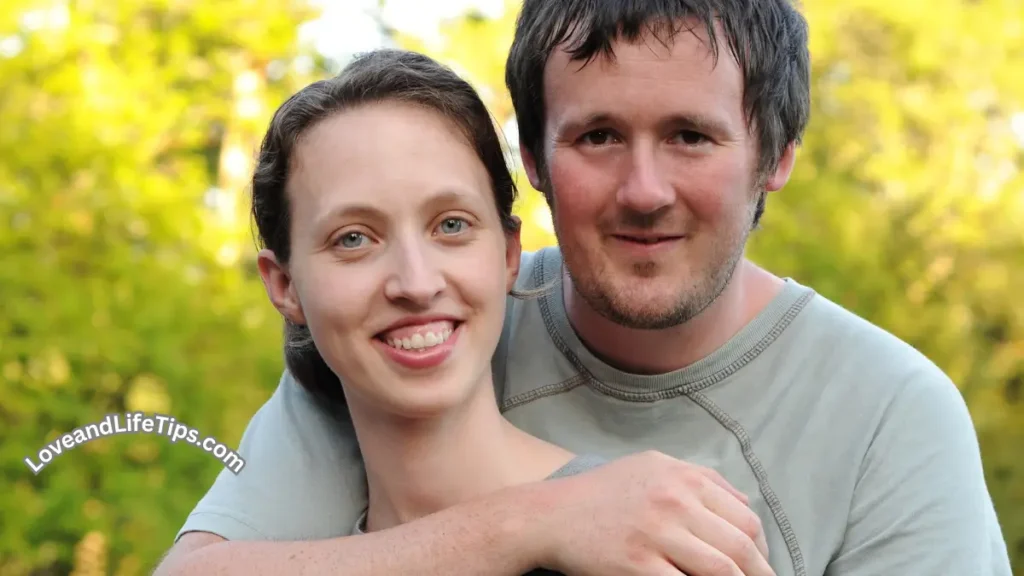Meeting new people can be both exciting and intimidating. Whether you’re at a networking event, a social gathering, or simply out and about, breaking the ice with strangers is a valuable skill that can open doors to new friendships, opportunities, and connections. However, striking up a conversation with someone you don’t know isn’t always easy. Many people feel anxious or unsure about how to start, fearing awkwardness or rejection.
Fortunately, breaking the ice is a skill that can be learned and mastered with practice. In this article, we’ll explore 11 powerful strategies to effortlessly break the ice with strangers, helping you to confidently start conversations and make meaningful connections. These strategies are designed to be practical, easy to implement, and effective in a variety of social situations.
Why Breaking the Ice Matters

Before diving into the strategies, it’s important to understand why breaking the ice is so crucial. Building rapport with others is the foundation of any relationship, whether personal or professional. When you’re able to break the ice effectively:
- You build trust and connection: First impressions matter, and starting a conversation on the right note sets the stage for a positive interaction.
- You increase opportunities: Being able to connect with strangers expands your social and professional networks, leading to new opportunities.
- You improve your social skills: Practicing ice-breaking techniques enhances your communication skills, making you more confident in social settings.
- You reduce anxiety: The more comfortable you become with breaking the ice, the less anxious you’ll feel in social situations.
Now, let’s explore the 11 powerful strategies that will help you effortlessly break the ice with strangers.
1. Start with a Genuine Compliment

One of the easiest ways to break the ice is by offering a genuine compliment. Compliments make people feel good and can instantly put them at ease. When you notice something you genuinely admire about the person whether it’s their outfit, a unique accessory, or their smile, mention it.
How to Do It:
- Look for something specific and sincere to compliment.
- Keep the compliment simple and direct: “I love your shoes—they’re so unique!”
- Follow up with a question to keep the conversation going: “Where did you get them?”
Why It Works:
- A compliment shows that you’re observant and approachable.
- It creates a positive atmosphere and encourages the other person to engage with you.
2. Ask Open-Ended Questions
Open-ended questions are a powerful tool for starting conversations because they require more than just a yes or no answer. These questions encourage the other person to share their thoughts, feelings, and experiences, leading to a more meaningful interaction.
How to Do It:
- Instead of asking, “Are you enjoying the event?” ask, “What do you think of the event so far?”
- Choose topics that are relevant to the situation or setting.
- Be genuinely interested in the other person’s response and ask follow-up questions.
Why It Works:
- Open-ended questions create a natural flow of conversation.
- They allow the other person to express themselves, making the interaction more engaging.
3. Use Humor to Lighten the Mood

Humor is a universal language that can dissolve tension and create a connection between people. A well-timed joke or light-hearted comment can make the other person feel more comfortable and open to conversation.
How to Do It:
- Start with a simple, light-hearted comment about the situation: “Looks like we picked the busiest day to visit this place!”
- Keep the humor positive and inclusive avoid jokes that could be misinterpreted.
- Be mindful of the other person’s response and adjust your approach if needed.
Why It Works:
- Humor creates a relaxed and enjoyable atmosphere.
- It helps break down barriers and makes you more relatable.
4. Find Common Ground
Finding common ground is one of the most effective ways to connect with someone. When you discover shared interests, experiences, or opinions, it creates a sense of camaraderie and makes the conversation more enjoyable.
How to Do It:
- Listen carefully to what the other person says and look for opportunities to relate.
- Mention shared experiences or interests: “I love hiking too! What’s your favorite trail?”
- Use the common ground as a springboard for further conversation.
Why It Works:
- Shared interests create a sense of belonging and connection.
- It makes the conversation feel more natural and less forced.
5. Be Mindful of Body Language

Your body language plays a crucial role in how others perceive you. Open, positive body language signals that you’re approachable and interested in connecting. Pay attention to your posture, facial expressions, and gestures to ensure you’re sending the right signals.
How to Do It:
- Stand or sit with an open posture, avoid crossing your arms or legs.
- Smile and maintain eye contact to show that you’re engaged.
- Use subtle gestures, like nodding, to show that you’re listening and interested.
Why It Works:
- Positive body language makes you more inviting and approachable.
- It reinforces the verbal message that you’re open to conversation.
6. Share a Personal Anecdote
Sharing a personal anecdote is a great way to break the ice and give the other person a glimpse into your personality. It also invites them to share something about themselves, creating a more intimate and engaging conversation.
How to Do It:
- Choose an anecdote that’s relevant to the situation: “This reminds me of the time I got lost in a similar city!”
- Keep the story short and light-hearted, don’t overshare or delve into heavy topics.
- Ask a related question to encourage the other person to share their own experience.
Why It Works:
- Personal stories make you more relatable and human.
- They help establish a connection by revealing a bit of your personality.
7. Use the Surroundings as a Conversation Starter

Your surroundings can provide plenty of material for starting a conversation. Whether it’s a unique piece of art, the weather, or the venue itself, commenting on your environment is a natural way to break the ice.
How to Do It:
- Make an observation about something in the environment: “This place has such an interesting vibe, have you been here before?”
- Ask the other person for their opinion or experience related to your observation.
- Use the topic as a jumping-off point for further conversation.
Why It Works:
- Commenting on your surroundings is an easy and non-intrusive way to start a conversation.
- It provides a neutral topic that both of you can discuss comfortably.
8. Offer Help or Assistance
Offering help is a thoughtful way to break the ice, especially in situations where someone might need assistance. Whether it’s holding the door, carrying a heavy bag, or offering directions, small acts of kindness can lead to a conversation.
How to Do It:
- Be observant and look for opportunities to assist: “Can I help you with that?”
- After offering help, introduce yourself and ask a simple question: “I’m [Your Name], by the way. Are you from around here?”
- Keep the conversation light and friendly, and let it flow naturally.
Why It Works:
- Helping others creates a positive first impression.
- It shows that you’re approachable and willing to engage in conversation.
9. Mention Current Events or Trends

Bringing up current events or popular trends can be a great way to break the ice, especially if the topic is something that interests both of you. It shows that you’re informed and opens the door to a lively discussion.
How to Do It:
- Choose a topic that’s relevant and likely to interest the other person: “Did you catch the latest episode of that new show everyone’s talking about?”
- Ask for their opinion or thoughts on the topic to keep the conversation going.
- Be open to discussing different perspectives and ideas.
Why It Works:
- Discussing current events or trends creates an engaging and dynamic conversation.
- It helps you find common interests and keeps the conversation relevant.
10. Practice Active Listening
Active listening is key to a successful conversation. When you truly listen to what the other person is saying, you show that you’re interested and engaged, which encourages them to open up even more.
How to Do It:
- Focus on the speaker without interrupting or thinking about your response.
- Use verbal and non-verbal cues, like nodding or saying “I see,” to show that you’re listening.
- Reflect on what the speaker has said by summarizing or asking follow-up questions.
Why It Works:
- Active listening fosters a deeper connection and makes the other person feel valued.
- It creates a more meaningful and satisfying conversation.
11. Be Authentic and Yourself

Finally, the most important strategy for breaking the ice is to be authentic and true to yourself. People can sense when you’re being genuine, and authenticity is key to building trust and rapport.
How to Do It:
- Don’t try to be someone you’re not—embrace your personality and quirks.
- Speak from the heart and share your thoughts honestly.
- Focus on making a genuine connection rather than impressing the other person.
Why It Works:
- Authenticity is attractive and makes you more relatable.
- It helps build a real connection based on trust and mutual respect.
Conclusion: Mastering the Art of Breaking the Ice
Breaking the ice with strangers doesn’t have to be daunting. By using these 11 powerful strategies, you can effortlessly start conversations and create meaningful connections in any situation. Whether you’re offering a compliment, sharing a personal story, or simply being yourself, these techniques will help you approach new interactions with confidence and ease.
Remember, the key to successful ice-breaking is practice. The more you put yourself out there and engage with others, the more comfortable you’ll become.
So the next time you find yourself in a social setting, try out these strategies and watch as new relationships blossom.
By mastering the art of breaking the ice, you will not only expand your social network but also enrich your life with new experiences and opportunities.
